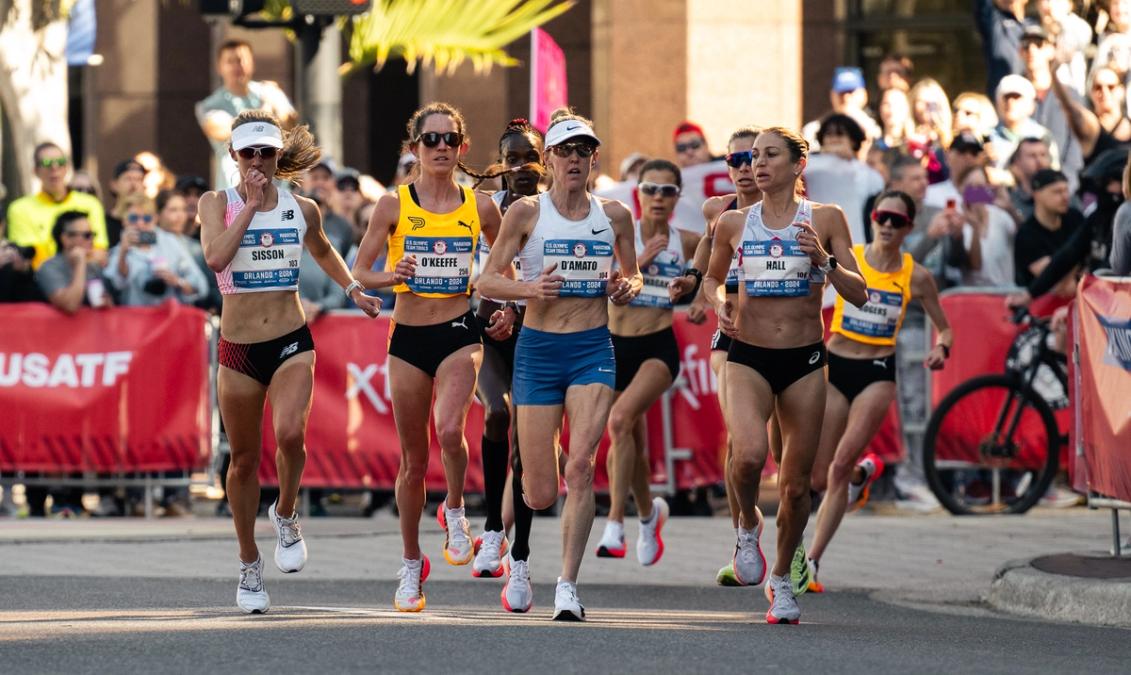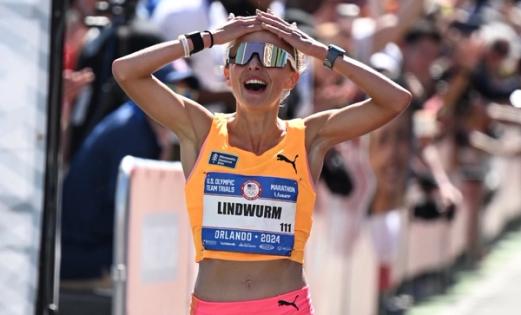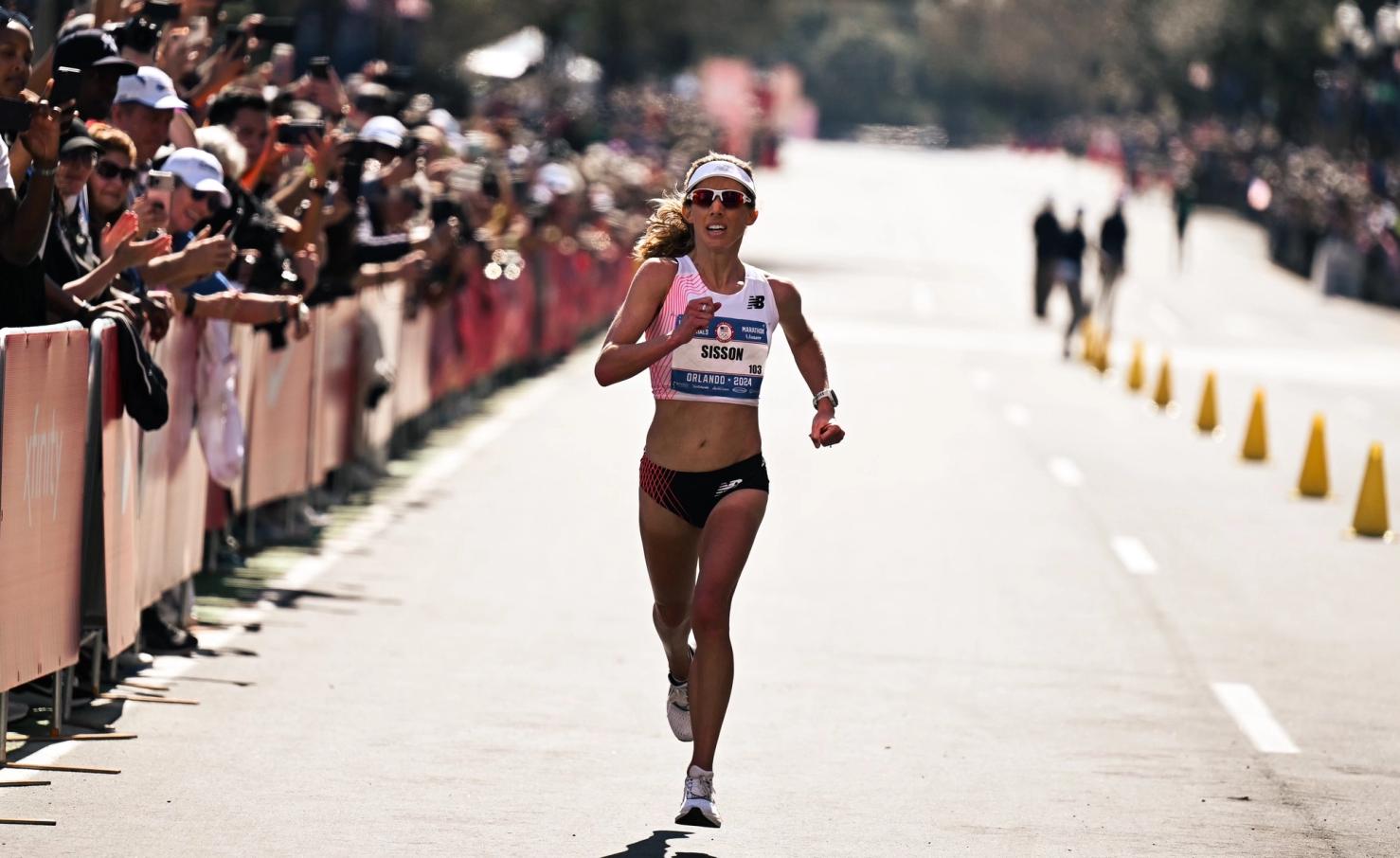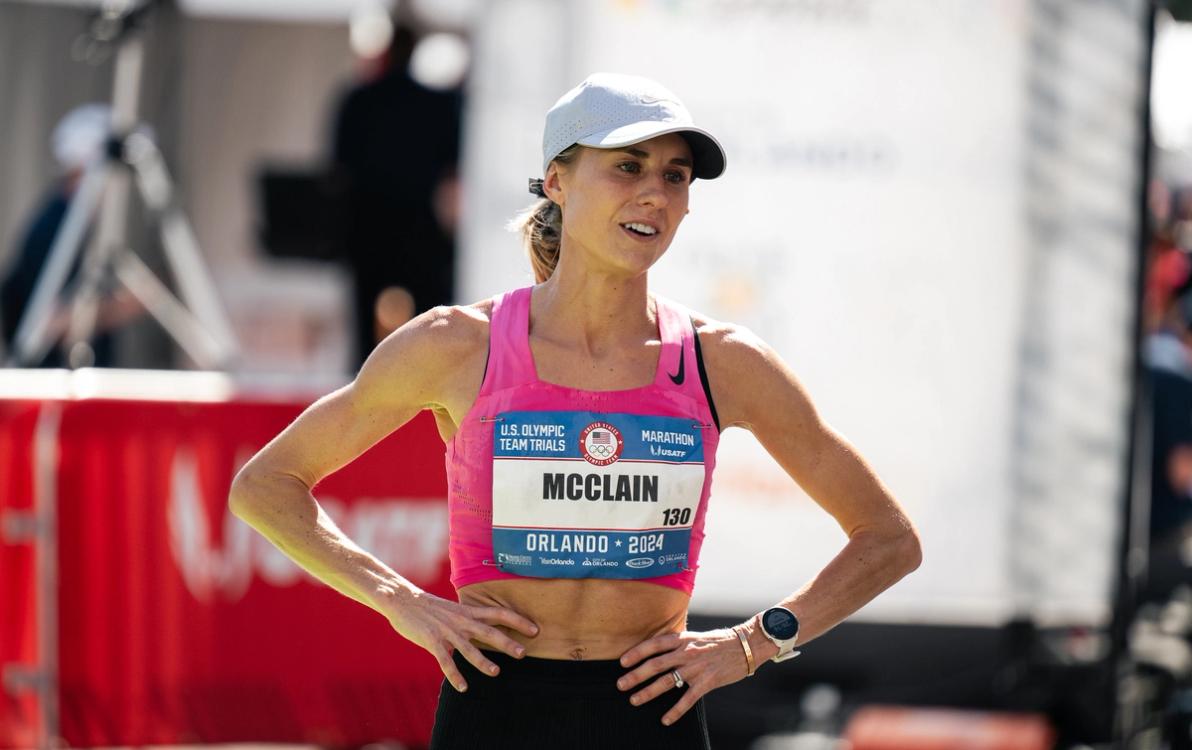By Kyle Merber
February 7, 2024
Coming into last weekend, it felt like there were only a handful of possible permutations of who could ultimately end up on the podium.
There was a clear list of favorites, whittled down even more when Molly Seidel pulled out and news broke of Aliphine Tuliamuk’s hamstring ailing her. If you asked ChatGPT to run through one thousand scenarios, it would keep spitting out different, perhaps plagiarized lists of the following names: Emily Sisson, Betsy Saina, Keira D’Amato, Lindsay Flanagan, and Sara Hall.
Well, it’s a good thing that the US Olympic Marathon Trials selects the team and not a bunch of dorks prompting a language model. This shit (apologies to marathoners for calling the marathon “this shit”) is unpredictable. The team we got is an excellent one, but I don’t think it’s one that many would have predicted.
Now that a few days have passed – and with the benefit of having witnessed her commanding 2:22:10 Trials record-shattering debut – it feels a bit silly to have ever underestimated Fiona O’Keeffe. Well before becoming the fastest American to debut in the marathon, back in 2022 she was the fastest American debutant in the half marathon, running 1:07:42 in Houston. (Note to self: when writing 2028 preview, don’t forget to consider Weini Kelati among the favorites, even if she only races more half marathons between now and then.)
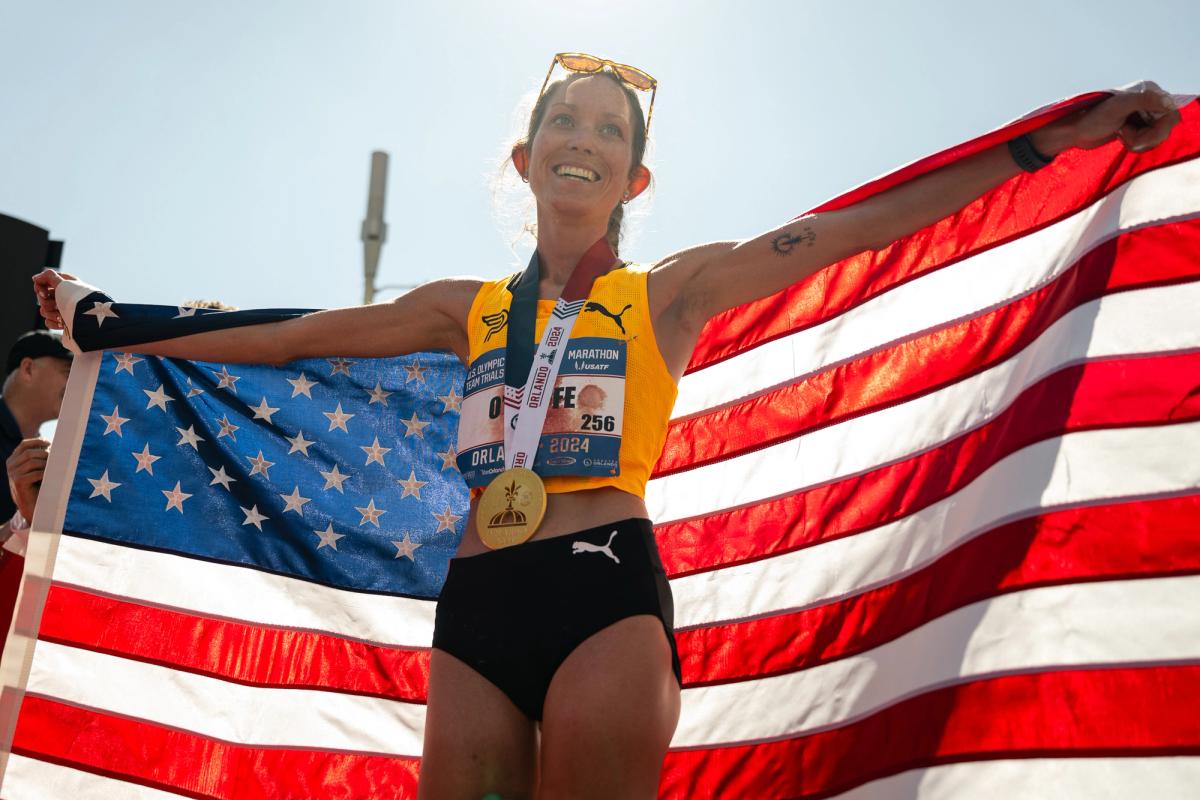
Johnny Zhang / @jzsnapz
Within the first two miles on Saturday, O’Keeffe found herself positioned towards the front, seemingly without meaning to. There were moments before the halfway split when it looked like she drifted to the front on accident, before consciously taking a few slower steps and relinquishing control of the pack over to a competitor.
From afar, I interpreted it as O’Keeffe being lulled into a false sense of confidence before entering into unchartered territory. But then those doubts were fully disproven, and she sucked the blood out of the hearts of her foes and slowly opened the gap over the final eight miles.
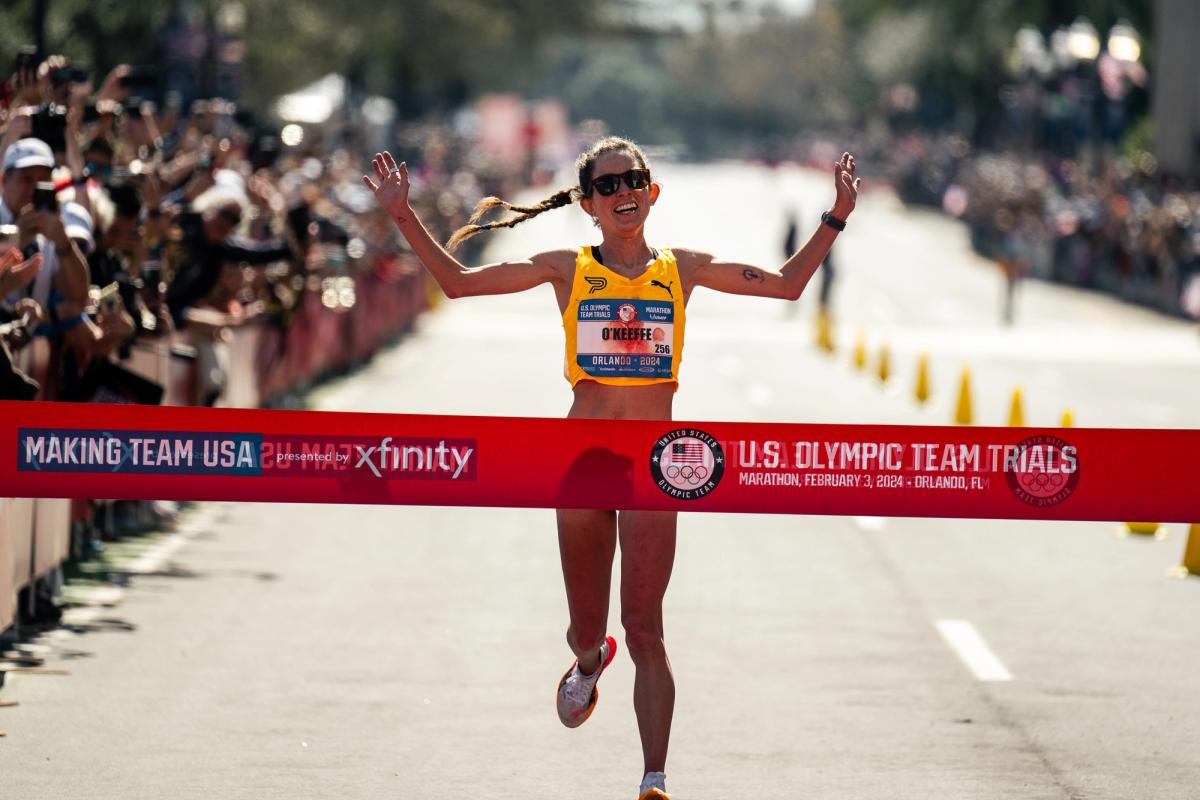
Johnny Zhang / @jzsnapz
Since O’Keeffe’s run, several thoughts have continued to ricochet around my mind:
- the 5:09 split in the 25th mile
- that the half marathon standard needs to remain
- that the women running 6K for NCAA XC doesn’t necessarily favor true distance runners
- and that if she is running 2:22:10 when it’s in the low 70s then what’s her Valencia conversion with a pacer?!
Half a minute back, Emily Sisson got her redemption following the disappointment of a DNF in 2020. Sure, the American record-holder finished second, but more importantly, she made the team and ran 2:22:42 in tough conditions. This was a base hit – and one of the markers of long-term success in this sport is the ability to run the rounds… even when the rounds in question are months apart. She calmly executed at a moment when the pressure was on, racing like a veteran, hiding in the pack and calmly covering moves. Whereas most athletes try to fabricate a plot where they see themselves as an underdog to mitigate expectations, that approach was impossible for Sisson.
The actual underdog here was Dakotah Lindwurm. The DII walk-on at Northern State University in Aberdeen, South Dakota, is giving all the inspiration to the young women out there who may not have been breaking records in high school. Despite a 2:24:40 personal best from Chicago, which would have seeded her in the top 10 on the start line, the Minnesota Distance Elite squad star – I’ll say it, she’s a star! – was once again overlooked.
Historically this newsletter has taken a very elitist stance: that the Olympic Trials standard should be very hard to get into and that the field should be small. But a story like Dakotah’s challenges me to reconsider. She graduated with a 10,000m best of 34:57 in 2017, but trained with the intention of qualifying in 2020. And hasn’t that all worked out well? Don’t we want to develop more athletes like her?
I am not fully committed to that yet, though I do strongly believe in the Olympic Trials qualifying system, which has found a detractor in Amby Burfoot. And while I do understand his point that perhaps the most competitive team would incorporate a committee vote to ensure the most accomplished athletes make the team, I believe the Trials serve a greater purpose than just Olympic qualifying. (Although it’s worth pointing out that the Trials system, not a vote, is how America’s most recent marathon medalist, Molly Seidel, made the squad.)
While the event itself is under the constant financial threat of no longer being viable, the depth of American running has greatly been aided by that dangling carrot. In 2023, there were 66 American women under 2:37:00 compared to 48 in 2019, and just 12 in 2015. But the Trials is not just about performance, it’s about coverage, media, and stories. And isn’t that the best part?
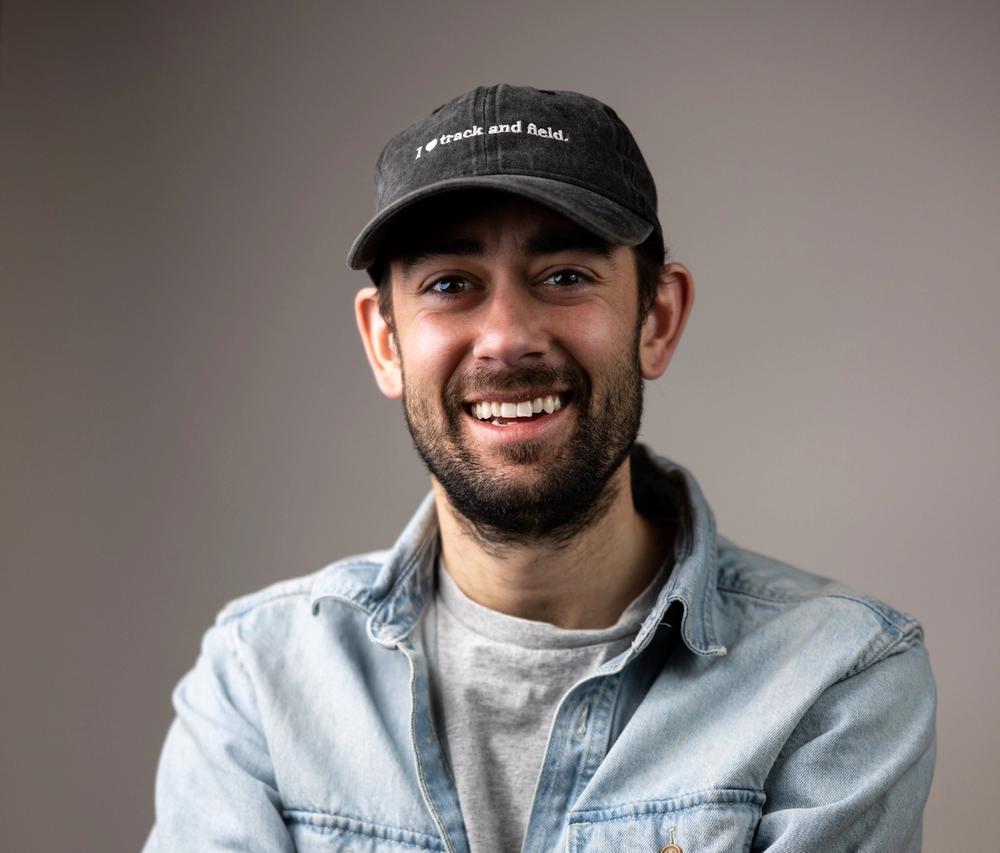
Kyle Merber
After hanging up his spikes – but never his running shoes – Kyle pivoted to the media side of things, where he shares his enthusiasm, insights, and experiences with subscribers of The Lap Count newsletter, as well as viewers of CITIUS MAG live shows.
